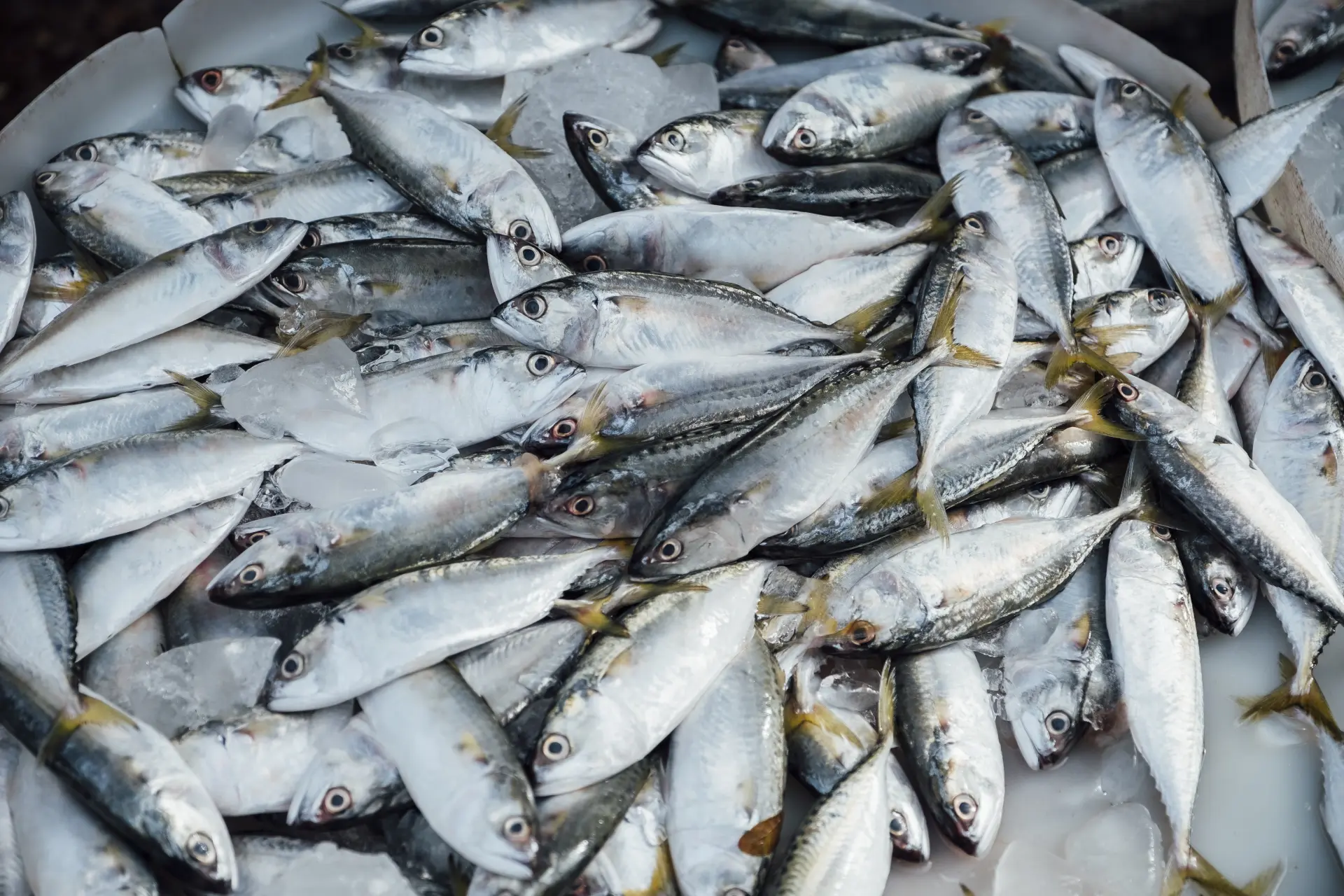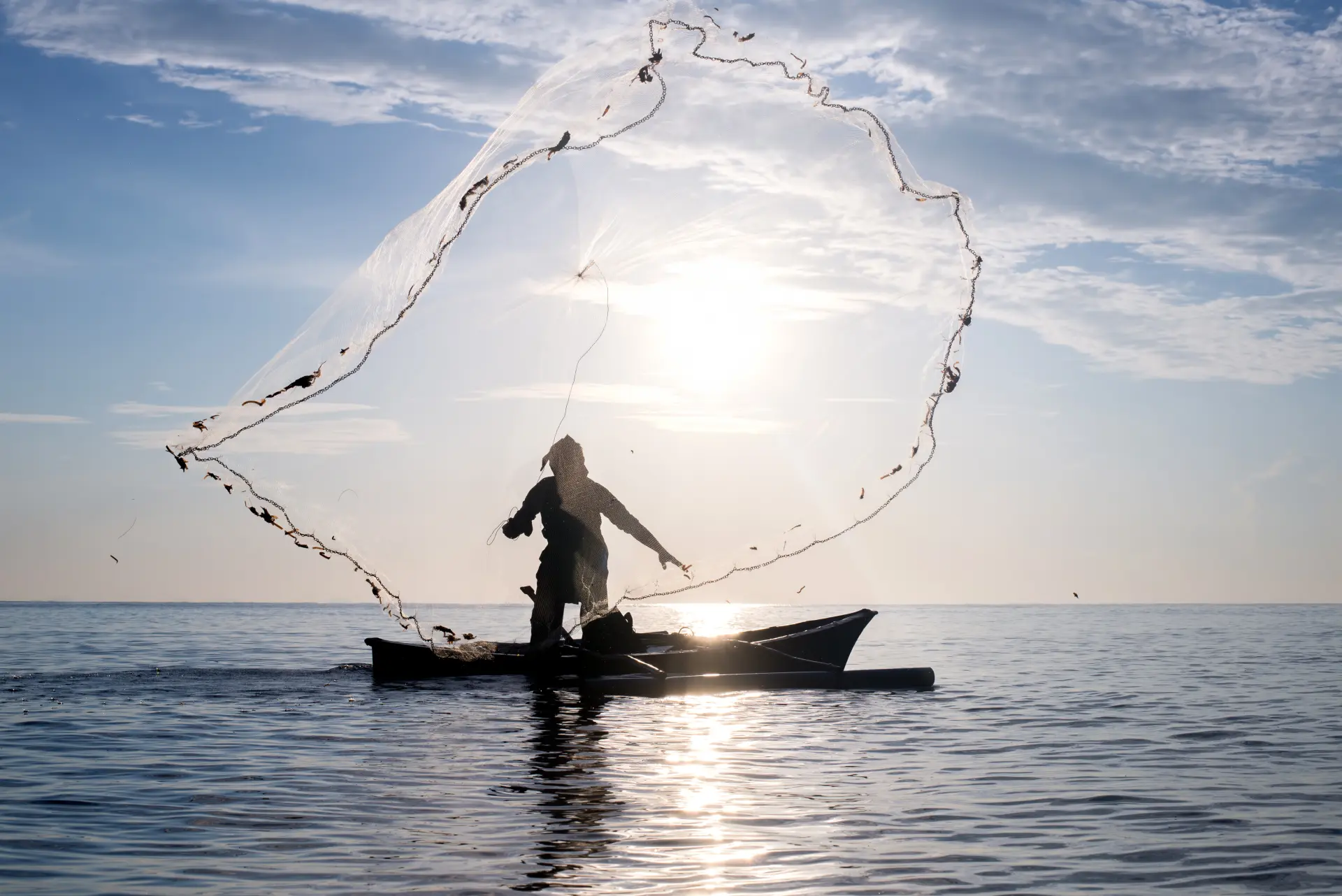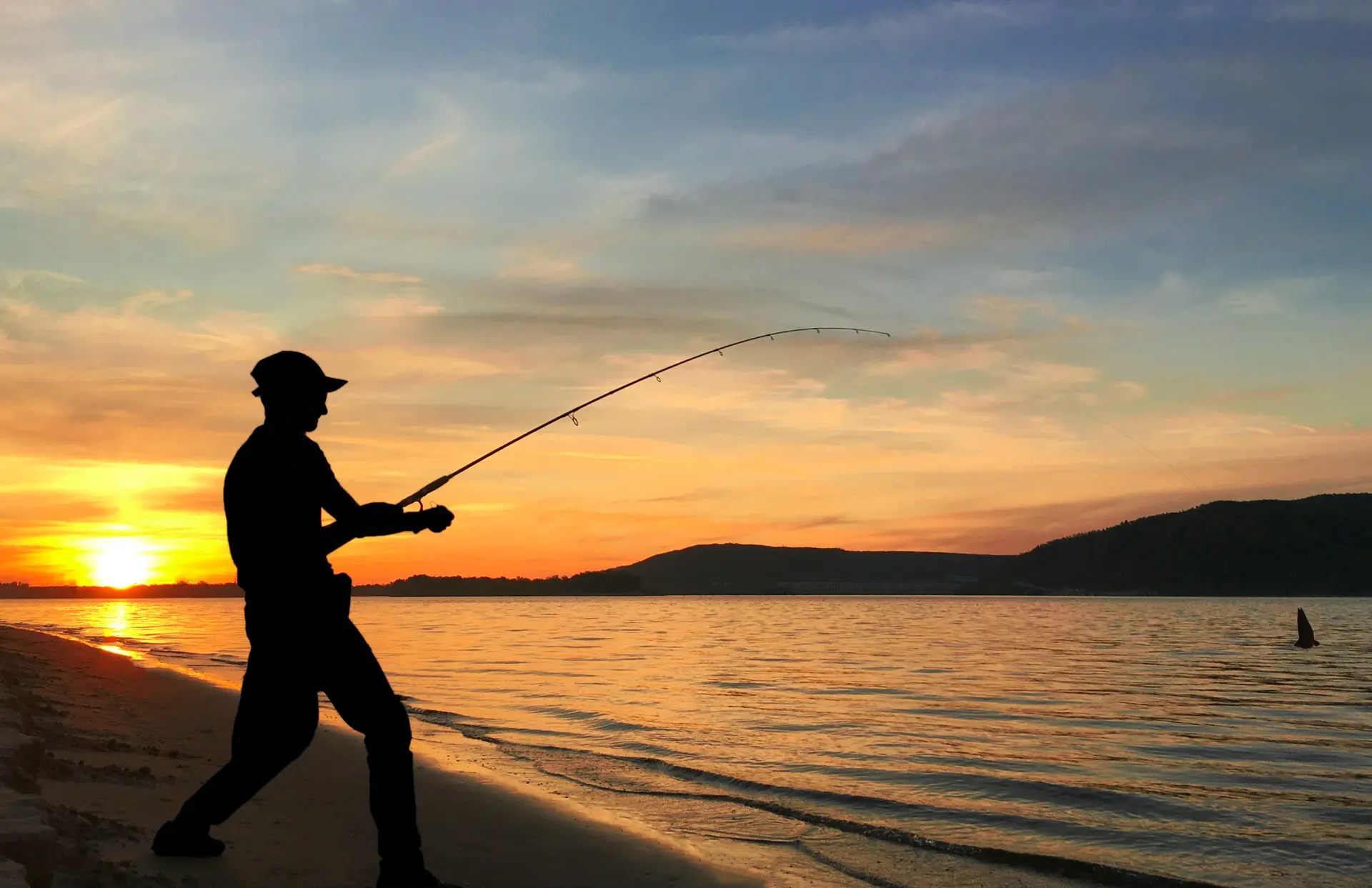Discover the best times of year for mackerel fishing in the UK, including the peak months, prime locations and successful strategies to increase your catch.
Peak Mackerel Fishing Months
Mackerel fishing is seasonal, with the peak months usually falling between May and September. Mackerel are migratory fish that start to appear in UK waters around late spring - typically in May - as the sea begins to warm up. The fish move in large shoals and are drawn closer to the shore by small baitfish, such as sand eels and sprats.
By June and July, mackerel usually appear in large numbers - this is when fishing is at its most productive. The longer days and warmer temperatures encourage the fish to stay closer to the surface, making them easier to catch using tackle and lures. During the peak months, mackerel can be caught from piers, beaches, and small boats. The south and west coasts of England, Cornwall, Devon, and Dorset are excellent places for mackerel fishing and are well known for it.
As summer turns into autumn, the mackerel begin to move away from the shore and return to deeper, offshore waters. By late September, the numbers begin to fall, and mackerel fishing becomes less productive. To get the best out of mackerel fishing in the UK, it's best to plan your trips between May and September. Always check the local conditions and tides before heading out to make the most of your fishing experience.
The Best Time Of Day To Catch Mackerel
When it comes to catching mackerel, the time of day plays a big part in your chances of success. One of the best times to catch mackerel is early in the morning, just after sunrise. During this time, mackerel are more active and are often feeding near the surface.
The low light levels make baitfish more visible, which attracts shoals of mackerel closer to the shore. Fishing around dawn also means there's less competition from other anglers and boats, which can lead to a better catch.
Late afternoon into the evening is another great time to catch mackerel, especially as the sun begins to set. This is because the lower light levels help the mackerel feel safer as they chase baitfish near the surface. Additionally, mackerel fishing just before dusk can be just as productive as fishing in the early morning.

While dusk and dawn are both great times, it's also important to pay attention to the tides. Mackerel tend to feed more actively on a rising tide, especially when the water is moving.
The best results often come when the rising tide coincides with dawn or dusk as the clear water and calm conditions help the mackerel see their prey.
The best times to catch mackerel in the UK are early morning and late evening, especially with a rising tide. These times provide the right mix of light and movement in the water and encourage the mackerel to come closer to the shore to feed. Planning your fishing trip around these times can make a big difference between a quiet day and a busy one.
Where to Find Mackerel Throughout The Year
Mackerel are a migratory species, and their location in UK waters changes throughout the year. During early spring (March to April), mackerel are usually still in deeper, warmer waters offshore. At this time, the water temperatures are still too cold to draw them in.
As the sea begins to warm up during May, mackerel season begins along the coasts of England. Places like Cornwall, Devon, and Dorset often see the first shoals arrive, and by June, the mackerel start moving further up the coast, reaching South Wales, the Bristol Channel, and parts of Kent and Sussex.
Mid-summer, from July to August, is the peak season for mackerel fishing in the UK. They can be found in large numbers all around the coast, including the east coast of England, Wales, Northern Ireland, and the west coast of Scotland.
During September, mackerel are still present in many places but they will slowly begin to move back out towards deeper waters. The southern and western coasts usually remain productive until the end of the month. However, in northern areas, the number of mackerel begin to drop earlier as the sea becomes colder.
From October onwards, most mackerel will have left inshore waters as they return to deeper parts of the Atlantic for the winter and are rarely caught until the cycle begins again in spring.
How Weather Affects Mackerel Activity
Mackerel are warm-water fish, so sea temperature is one of the main factors that affects their arrival. The warm weather during spring and summer helps warm up the sea and encourages the mackerel to move closer to the shore. If the spring months are cold, the sea will take longer to warm up and delay the arrival of the mackerel.
Light levels also affect mackerel feeding patterns. Bright, clear days can push the mackerel deeper into the water or further offshore, especially if the sun is high. On cloudy or overcast days, mackerel are more likely to stay near the surface or come in closer to shore. This is why many anglers prefer fishing for mackerel early in the morning or later in the evening when the light levels are lower.

Gentle winds from the sea can push surface water and baitfish towards the shore, which brings the mackerel closer to shore anglers. However, strong winds or storms can stir up the sea and reduce the water clarity, pushing the mackerel away into deeper water.
The best weather to catch mackerel in is warm, calm, and slightly overcast weather, especially when the sea is clear and the wind is light.

Looking For Sea Fishing in Cornwall?
Join The Swallow II for exciting mackerel fishing trips along the Cornish coast. Our guided trips are perfect for beginners and experienced anglers alike. We provide fun, scenic outings with great chances to catch fresh mackerel.

